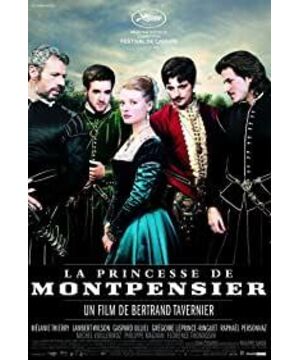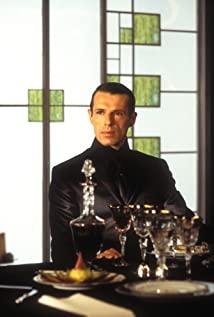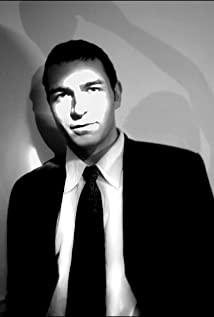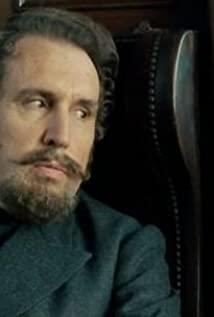Originally, the wretched earl in the original book was shaped into the image of Gao Daquan, capable of writing and martial arts, tall and mighty, insightful in world affairs, life mentor, so that the hero and heroine are hopelessly in love with him, so they are jealous of each other (wrong) . In the end, the count fell in the blood of St. Bartholomew's night in order to save the women and children, which is already great.
The degree of hard work and the appearance of the prince made one can't help but think of the high commander. In contrast, his father, who was keen on hunting, was full of joy.
Henri De Geis is still too creamy to attack with a few scars on his face.
On the contrary, the Prince of Anjou (the future Henry III) is gay and humorous, but the French know that he is a famous gay, so there is no such thing as the heroine. Of course, that's how the original work was written, and it's no fault of the director.
The key point, the biggest flaw is that the heroine is too modern. In the original book, there is a Lin sister-like character who desires to break through reason and suffers a little emotional setback and dies. In the play, she is portrayed as a resolute woman who dares to pursue happiness and has a bold and aggressive style. The field can't support the whole drama, so it can only be reduced to a vase between four men who love and kill each other.
View more about The Princess of Montpensier reviews











